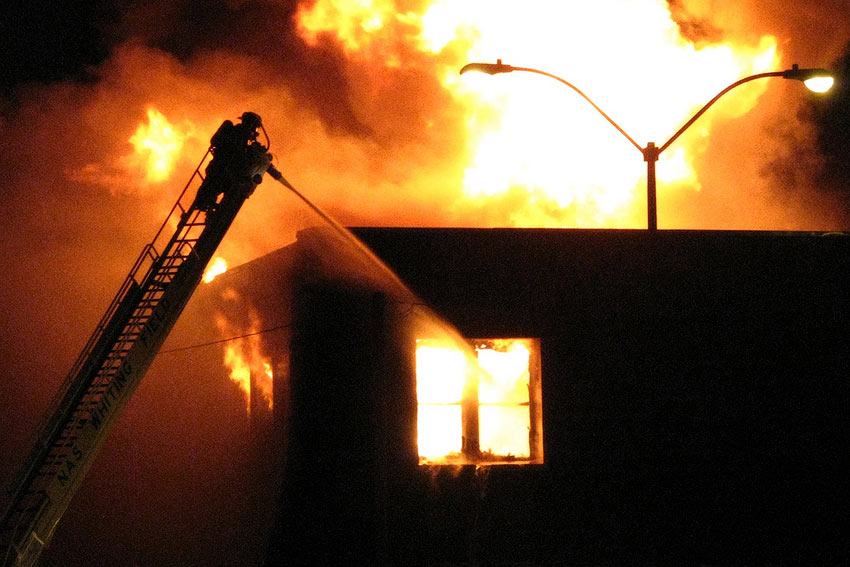A business can only prepare for so much in the foreseeable future: a sudden increase in sales, calming down an angry customer, an employee quitting on the spot. But there are some things that are harder to see coming, like a natural disaster. No matter how much you work to secure your office, if a fire breaks out one night, you may feel like you have to completely start over. And for a lot of small businesses, starting over means spending a lot of money to repair and rebuild.

Luckily, should disaster strike, the IRS offers tax relief by means of deductions available for those affected. You may be able to receive more time to file your return and for those in places that have been federally declared disaster areas, you’ll also receive your refund faster too by filing an amended return, claiming your losses.
And while we’ll never be able to predict when a disaster may occur, it’s never too early to work on securing your business in the meantime.
Keep backup copies of your business records on file
Unexpected, high-stress situations are where staying organized pays off. Create copies of all of your original business records and keep the papers copies filed with paperless versions uploaded into cloud storage or any other safe place. Publication 2194, the Disaster Resource Guide for Individuals and Businesses recommends getting copies of supplier invoices, bank statements, and last year’s federal, state, and local tax returns which will include sales tax reports, payroll tax returns, and business licenses.
Additionally, for major natural disasters, you should keep a sketched outline of the inside and outside of your business location on file. Is your office surrounded by a row of oak trees or flower beds outside? Where is your inventory stored inside of your shop? How is your office floor plan arranged – by cubicles or an open layout? Include all of these details in your sketched outline.
Additionally, you can also take pictures of and video the interiors and exteriors of your business and share them with trusted friends or business managers.
Know if you qualify
It’s not just natural disasters qualify for the disaster deduction. In some cases, manmade disasters also apply. The disasters that qualify, as stated by the IRS are hurricanes, earthquakes, drought, floods, vandalism, mudslides, tornadoes, storms, fires and burglaries.
If your business has been affected by one of the above listed disasters, you will most likely qualify for tax relief, but be sure to check the IRS deductibility guidelines beforehand. Keep in mind that whatever disaster applies to you and your business has to have been a sudden event. A natural wear-down of the office over time does not count, even if it is due to water erosion (that is not a flood). The IRS will catch on, and you are risking the chance of being audited otherwise.
Calculate the amount
There is a bit of math that goes into calculating how much exactly you will get to deduct. First, use the aforementioned saved paperwork and pull out your total loss. Take that number and subtract 100 right off the bat. That number should be more than 10% of your adjusted gross income. Lastly, take that number and subtract any insurance you received from the disaster. That’s what you’ll get to deduct on your taxes.
It also helps to use the Business Casualty, Disaster, and Theft Loss Workbook (Publication 584-B) to chart out a room-by-room list of the business equipment you have, which is extremely beneficial if your company has items worth a great value and can help you recall how much of each item was to report it as a casualty loss.

